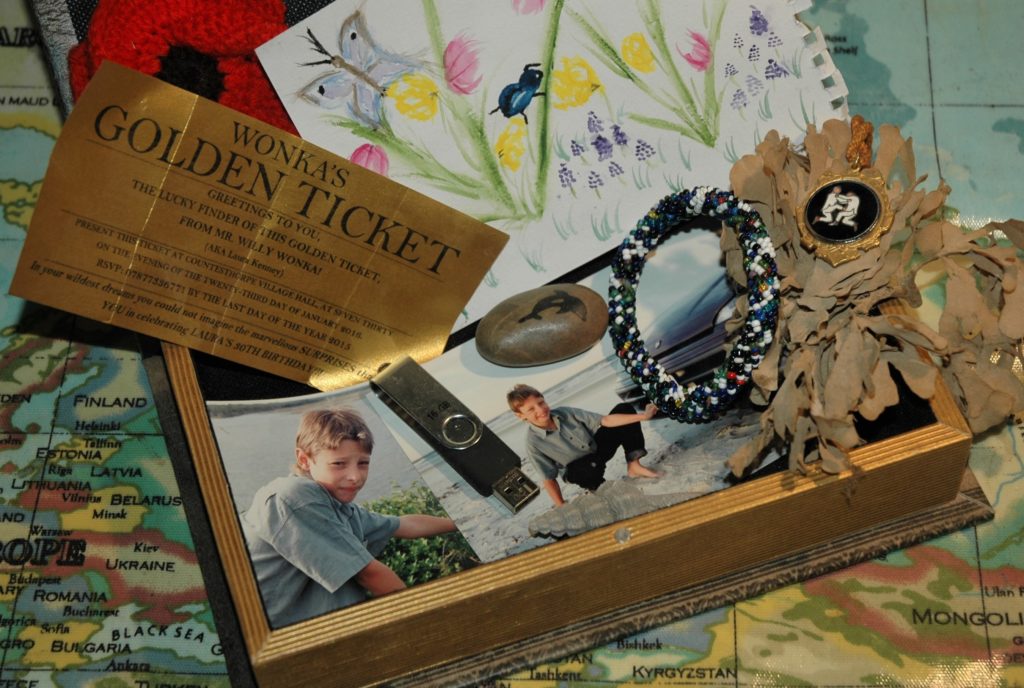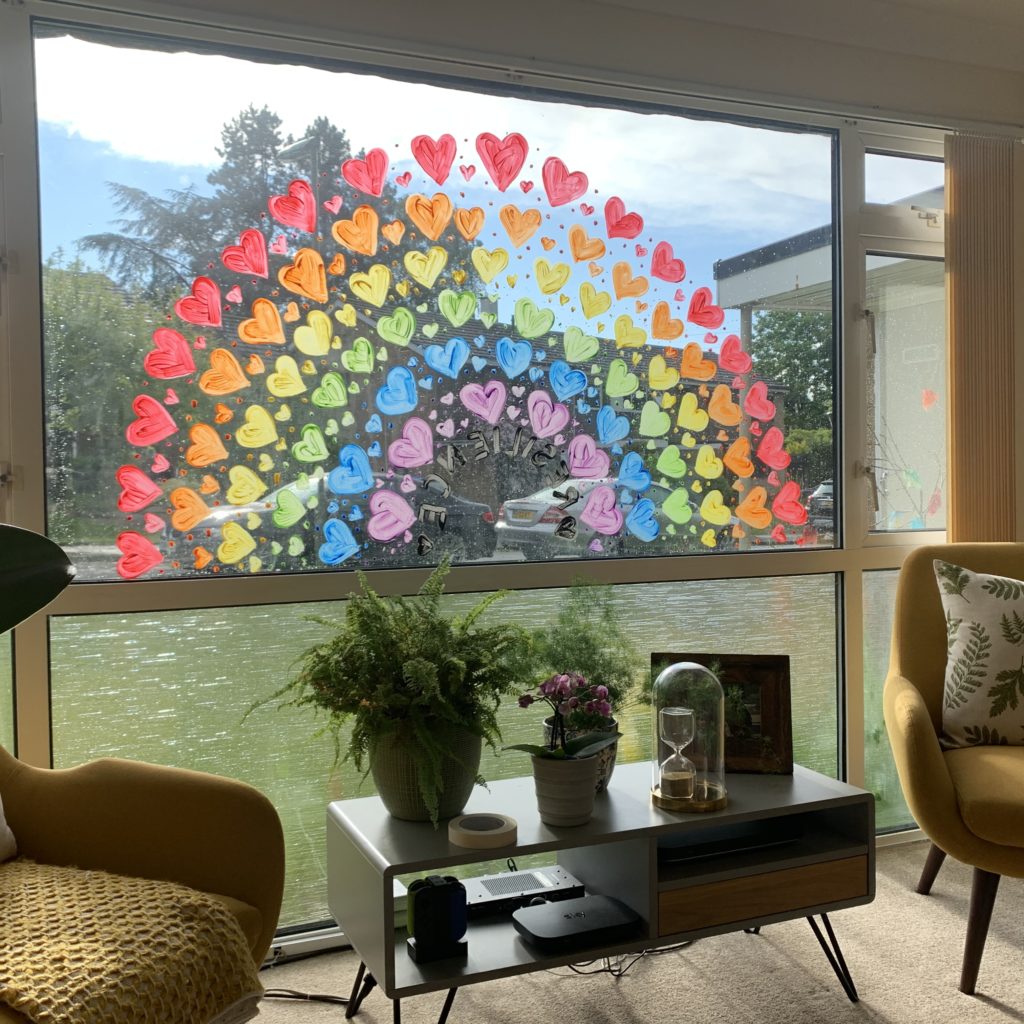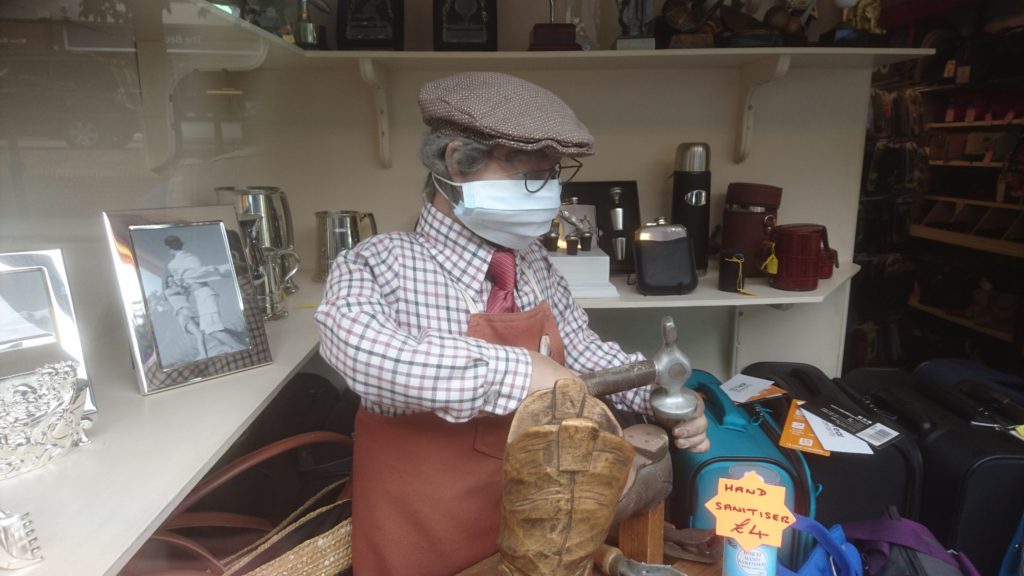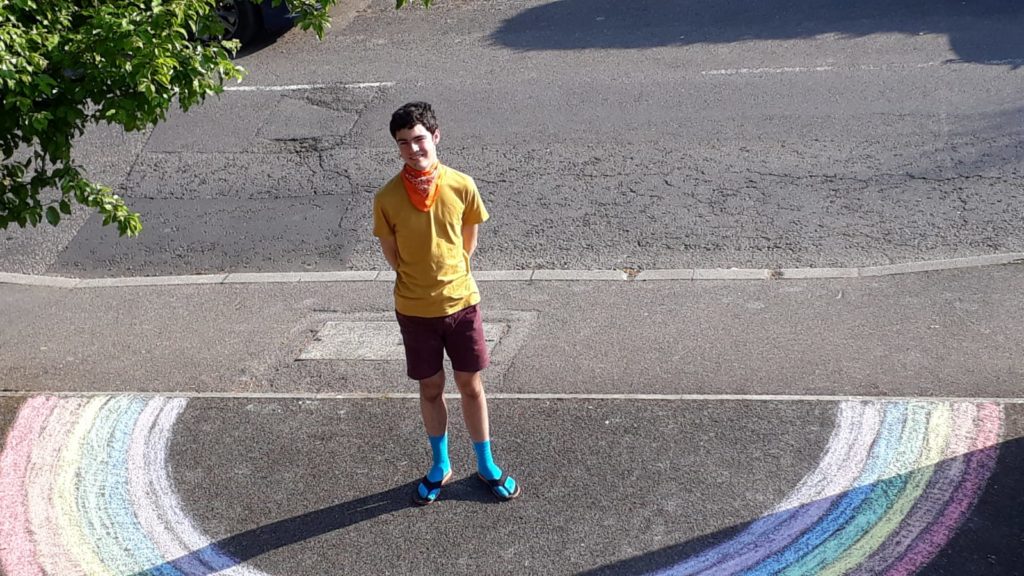Record a snapshot of the time you are living in.
Every year is different and just as important as any other. Sometimes big changes happen between one year and the next. Covid-19 is an example. Other changes are gradual, and we don’t even notice when everyday objects disappear from the shopping shelves. Whatever happened to all those plastic drinking straws?

Your Life-in-a-Year Box is a place to keep a few small things that will, one day, remind you of a particular time in your life. Your year can start at any time. It is a record of your world over 12 months or whatever period you decide. Choose some special and some everyday objects that represent your time. In the future, the contents will be your real-life connections with that year.
Be sure to put your name and a date label on your box and it will become a personal time capsule. In years to come you might find it interesting (or even amusing) to look back at photos of what you were wearing because fashions change. Did mobile phones really look like that?
What will you put in yours?
You could include:
- Photos, such pictures of special occasions, holidays or your favourite pet.
- Tickets for events
- Birthday cards
- Newspaper cuttings
- A postcard with a stamp
- Diary entries
- A poster of an event you took part in
- Your artwork
- Certificates
- A music CD
- A facemask.
- Something you picked up when you went for a walk.
- Why not include objects from travels, such as a seashell or a pebble from a beach?
Everyone’s Life-in-a-Year Box will be different because we all have different experiences. Each object will trigger memories in years to come.
Personal collections like these will be interesting in the future because they show how the world changes.
For instance, a collection from your grandparents’ day might have included a photo of Grandad (with hair!) proudly sitting in his brand-new car (now considered a classic!). It would probably put a smile on your face today.
Perhaps his box might have included a music cassette or a floppy disk from a computer. Today you would have to go to a car boot sale to find something to play them on! Technology changes fast.
What is likely to change next?
Preserving your memories
To keep your memories safe, you need to find a suitable container and somewhere to store it.
Some people bury time capsules in the ground for future archaeologists to find. Coins, pottery and stone carvings can survive remarkably well, but most objects degrade after just a few years, especially if moisture finds a way in. Most homemade time capsules are full of mould and dust by the time they are dug up years later.
Keep your Life-in-a-Year Box in a safe, dry place indoors.
You could use a cardboard box file, a wooden box or even a tin. Make sure you can close the lid tightly. Why not decorate your box. Be sure to write your name and the date on it.
To make sure your collection survives, here are some top tips from Dorking Museum’s archivist:
- Light (especially the ultraviolet rays in sunlight) gradually degrades paper documents, paintings and photos. It makes them fade. Store your treasures in the dark in a closed box.
- Avoid touching the surface of photographs because sweat on your fingers can damage them and leave fingerprints. Post-It notes can also cause damage in the long-term.
- Dampness makes paper, wood and materials such as leather slowly rot, because it encourages mould and pests. Moths are attracted to the fibres in wool and silk. Store your box in a relatively dry place such as a bedroom, rather than in a shed, garage or attic.
- However, being overly dry is also bad for paper because it makes it brittle, so avoid storying your box in an airing cupboard!
Keep your Life in a Year Box in a safe place and it will last for future generations. It will also be your personal museum.
Create a digital time capsule.
Another way to record your time is to make a digital time capsule with the camera on a mobile phone. It is a bit like keeping a photo album, but with photos of extra stuff that represent our time. As well as photos of family and friends, you can include digital photos of documents, such as diary entries, letters, birthday cards, or a bit of artwork you are proud of. Outside, in the wider world, it could be something that drew your attention in the street (perhaps a poster in a shop window or discarded facemask littering the roadside).



These are the kinds of images that capture our time. The advantage of digital photos is that the camera records the date each image was taken. Label the images with some notes of your own, then create a special time capsule folder to keep them in.
Storing your digital time capsule – a cautionary tale!
Store your digital images on a PC, memory stick, portable hard-drive or in cloud storage like OneDrive or Dropbox. However, this is where history can be lost forever if we don’t store our images carefully.
It is one of the biggest issues of our time for museum people. There are millions of photos on mobile phones, but people often forget about them when they update to new phones. Sometimes phones are lost, broken or stolen.
CD’s, memory sticks and portable hard drives are great backups for storing images, but they sometimes break so it is good to keep at least two backups in different places – just in case.
The other thing to remember is to copy your photos to the new types of media as technology changes in future years. Some old video formats are already difficult to view on new PCs.
Cloud storage is useful, but it can also be vulnerable because you have to remember to keep up with the changing terms and conditions, plus any subscriptions, or your account might be deleted. Unlikely as it may seem, some types of cloud storage have been a targeted by hackers who just want to destroy things or hold people to ransom.
Keep personal copies of CDs, memory sticks and portable hard-drives in a safe place.
The fear is that one day we will enter a Digital Dark Age, because so much historical information could be lost if we don’t keep up with the technology of the times.
Fortunately, the tech giants like Google are on to this, but unless they find a way, our memories could be lost forever. Like the early people who inhabited the Dorking area, all that will be left to show we were here will be stones, pottery and few coins!
The question is: will your digital time capsule outlive your Life in a Year Box which was stored away in your bedroom cupboard?
Treasure your memories!

